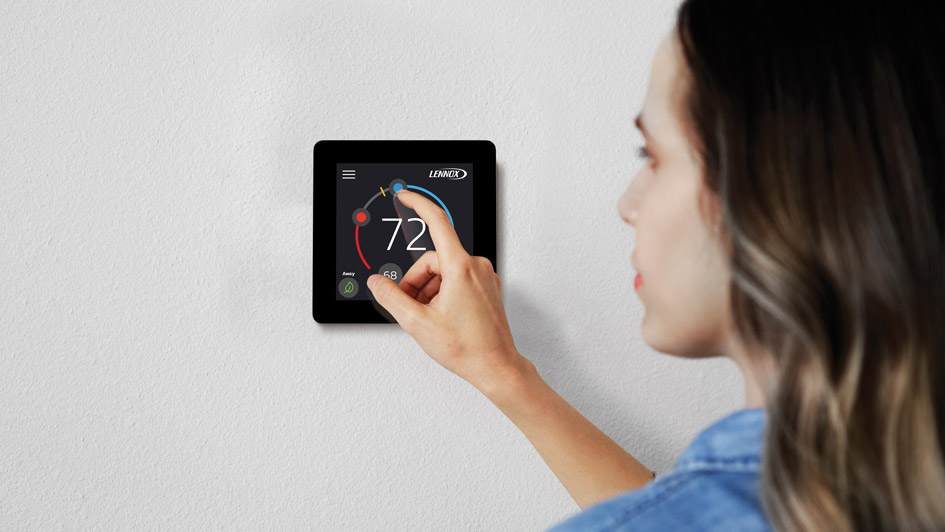
Extreme weather can make your energy bills to spike, especially if your HVAC system is pushed to its limits. However, there's something you can do about it. Homeowners in Greensburg, Indiana, can cut heating and cooling costs and reduce strain on their HVAC system by following smart energy-saving HVAC practices. From scheduling a seasonal HVAC tune-up to DIY HVAC chores, these small things can help you stay comfortable and lower expenses.
Here, the pros at Wallpe Heating & Cooling will offer their best heating and cooling tips for HVAC energy efficiency to help you cut your monthly utility costs without sacrificing comfort.
1. Schedule for Seasonal HVAC Maintenance
Of all the energy-saving HVAC tips for property owners, one that often offers the most benefit is seasonal HVAC maintenance. Scheduling expert furnace maintenance in the fall and air conditioning maintenance in the spring helps make sure these systems are in peak condition and ready for the heating and cooling seasons. It's also a smart time to spot and fix any performance issues, worn-out parts or brewing problems—saving you from unnecessary breakdowns and potentially extending the life of your heating and cooling equipment.
2. Change Programmable Thermostat Settings for the Seasons
Programmable thermostats provide several ways to conserve power. In summer, set your thermostat to automatically raise the setting when you're out of the home. In winter, set the temperature to drop slightly when the home is empty and shift the temperature back up when you return. Even a small temperature shift can make a noticeable difference.
Push your savings up a notch with a smart thermostat. One of the many smart thermostat benefits is their ability to adapt to your schedule and automatically adjust your heating and cooling settings. This means smart thermostats can increase your energy efficiency—with minimal effort on your part.
3. Prevent Energy Waste By Stopping Air Leaks in Your Home
Air leaks around windows, doors and in your ductwork allow heated or cooled air to seep out of your home. Work with a trusted HVAC specialist to evaluate whether you need duct sealing and insulation services. Addressing duct issues, adding insulation and stopping airflow leaks all help reduce energy bills by allowing your HVAC system to work less in order to keep your home comfortable.
4. Complete Seasonal DIY HVAC Maintenance
In addition to hiring a professional for professional HVAC maintenance, you can reduce energy bills by tackling these home HVAC maintenance tips:
- Remove debris like sticks, dried leaves and shrubs from around your outdoor AC unit in spring
- Wipe down the fins of the outdoor AC unit in spring
- Follow a regular HVAC air filter replacement schedule: Inspect your system's filter monthly, replacing if dirty or every 90 days
- Make sure air vents and registers are uncovered
- Check your thermostat settings, ensuring it's on cool mode in summer and heating mode in winter
5. Replace Aging, Inefficient Equipment with Energy-Efficient HVAC Systems
Increase energy efficiency by installing modern high-efficiency HVAC systems. Keep an eye out for ENERGY STAR®-rated HVAC equipment, which uses less energy than un-rated units. When picking out cooling equipment, check for a high SEER (Seasonal Energy Efficiency Ratio) rating. Unsure what SEER means? The simplest SEER rating explanation: the higher the SEER, the more efficient the system. This also is true with AFUE, or Annual Fuel Utilization Efficiency, which measures efficiency in heating equipment. The higher the AFUE, the more efficient the system. These efficiency measurements are important because energy-efficient HVAC systems can really help reduce energy bills and boost comfort throughout the year.
Work with Wallpe Heating & Cooling to Prevent HVAC Energy Waste Year-Round
When it comes to making your home a more comfortable place Wallpe Heating & Cooling is the HVAC company Greensburg, Indiana, locals turn to for their furnace, AC, heat pump and more. From seasonal HVAC tips like these to HVAC system upgrades, we provide comprehensive service all year. Call 812-663-7252 today for Greensburg, Indiana, HVAC service you can trust.
